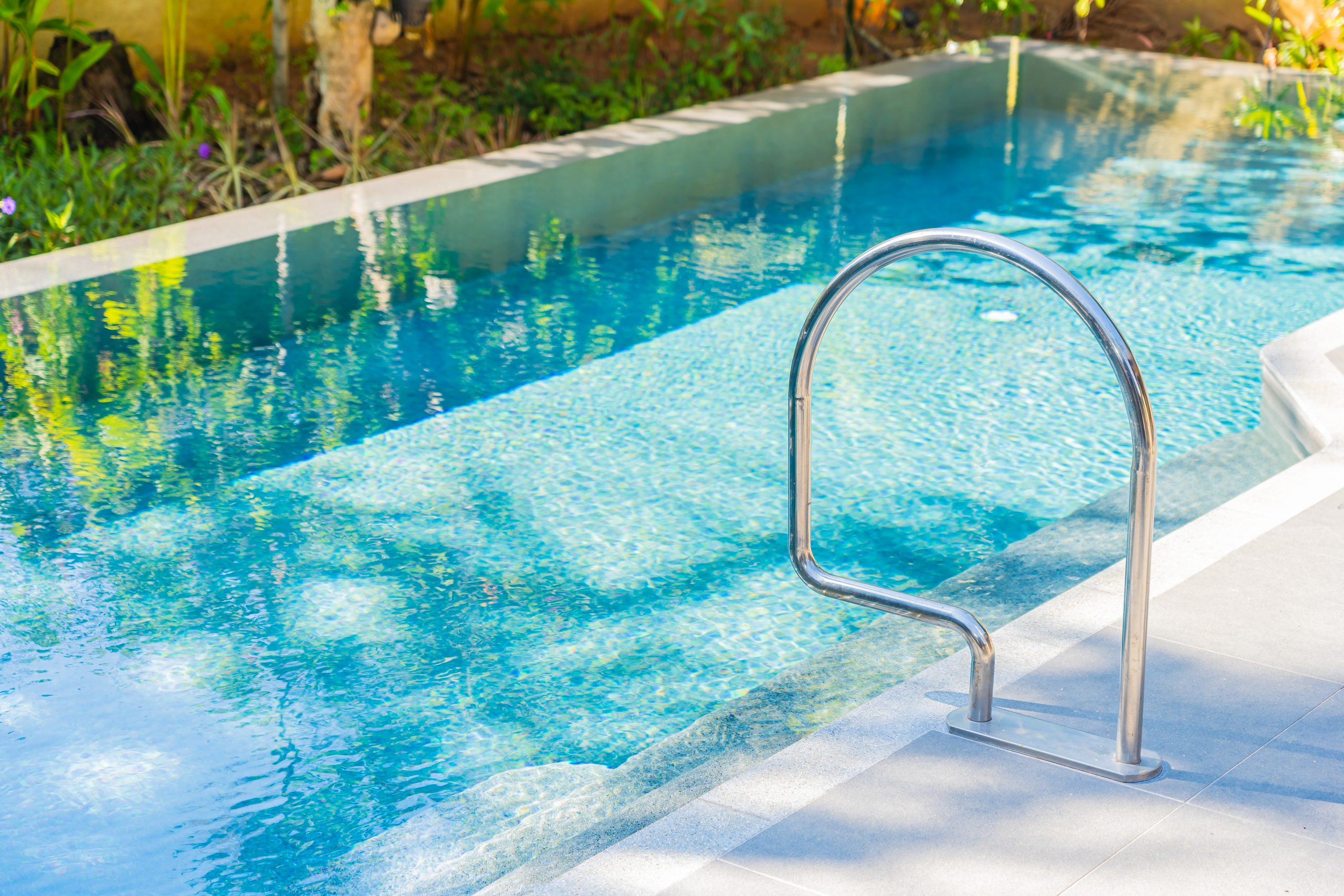How to tell when you require fibreglass pool resurfacing in Melbourne
Fibreglass pools are becoming increasingly popular in Australia, and advancements in technology have allowed us to create stronger, more durable fibreglass shells. They’re also affordable, and they’re easy to install. However, whilst there are some great advantages to fibreglass pools, they are still prone to general wear and tear. If you’ve owned a fibreglass pool for some time, you may already be familiar with some of the problems that can arise. From cracks to colour deterioration, here are 5 common signs that you require fibreglass pool resurfacing in Melbourne.
But what can you actually expect when you book in for a swimming pool restoration in Melbourne with Coastal Pool Interiors? We’ll discuss this and more, in today’s article.
Osmosis/blistering
Osmosis occurs in fibreglass pools when contaminated soil and water from the ground holding the pool shell filters into the fibreglass. This deteriorates the top gel coat which seeps water and soil through the pools lining. This then leads to the formation of blisters which can cause algae growth inside the pool once they crack. This leaves small brown and black marks on the surface, bringing bacteria and unwanted contaminants into your pool. Initially, they may only be the size of a small coin, but over time they can grow up to the size of an orange. If you begin to notice small spots or blisters on your fibreglass pool, it’s advised to book in for a pool renovation in Melbourne before the problem worsens.
Cracks
Cracks can appear in any pool over time, no matter what materials they’re constructed with. Fibreglass pools however, are more prone to cracks than concrete pools are. They are usually only hairline cracks which are difficult to see as they don’t extend beyond the top gel coat. However, if your pool is very old or it was installed incorrectly, cracks can become more severe. The fibreglass shell will flex beyond its capacity, to the point where the fibreglass begins to crack extensively and compromise the structural integrity of your pool. If your pool is beginning to show signs of cracking, seek fibreglass pool resurfacing in Melbourne before they spread.
Colour deterioration
If you’ve owned a fibreglass pool for 10-15 years, it’s likely that your fibreglass shell is beginning to show some signs of colour deterioration. This happens over long periods of time with extensive UV exposure from the harsh Australian sun. The top coat colour will begin to fade, leaving behind a white and crumbly surface. If the problem is left for too long, colour deterioration can cause the top gel coat to deteriorate, turning the surface chalky. This combines with the water and can be harmful to breathe in or accidentally swallow. Get in touch with one of your local pool renovation companies in Melbourne before the fibreglass degrades the quality of your water.
Chalking
The chalking of a fibreglass pool generally occurs when the top gel coat of your pool begins to oxidise. Over time, the shell can begin oxidising due to the amount of use it has had, or the excessive chlorination it has experienced over a long period. As we carry out many fibreglass pool repairs in Melbourne, chalking is something we experience all too often. Again, this chalky substance is toxic when inhaled or swallowed. For this reason, it’s important to schedule a swimming pool restoration when you begin to notice the early signs of oxidisation and chalking. Don’t risk the health of yourself or your family, schedule a fibreglass pool resurfacing in Melbourne before it’s too late.
Leaks
When a fibreglass pool is installed, many pool renovation companies in Melbourne will often use sand as a backfilling material. This supports the shell of the pool, keep it locked into place. However, sand backfills can sometimes to lead to plumbing issues. If the sand is not added correctly, it can fail to compact entirely around the pipes. This will cause a build-up of pressure where the plumbing connects with the fibreglass, which leads to cracks and leaks in the surface of your pool. Obviously, any cracks and leaks on the surface should be repaired straight away, before the structural integrity of your pool shell is compromised.
Noticing these signs? Get fibreglass pool repairs in Melbourne today!
These are just some of the most common signs that your fibreglass pool is in need of resurfacing. If you’ve begun to notice any of these signs, please don’t hesitate to get in touch with our specialist team of pool renovation contractors in Melbourne. We’re happy to provide you with a free quote and advice on how you can take care of your pool. As one of the most trusted pool renovation companies in Melbourne, Coastal Pool Interiors provide clients with high-quality pool resurfacing in Bayside, through Gippsland and the Mornington Peninsula. Wherever you are in Melbourne, Coastal Pool Interiors can restore your pool and give it a new lease on life.



